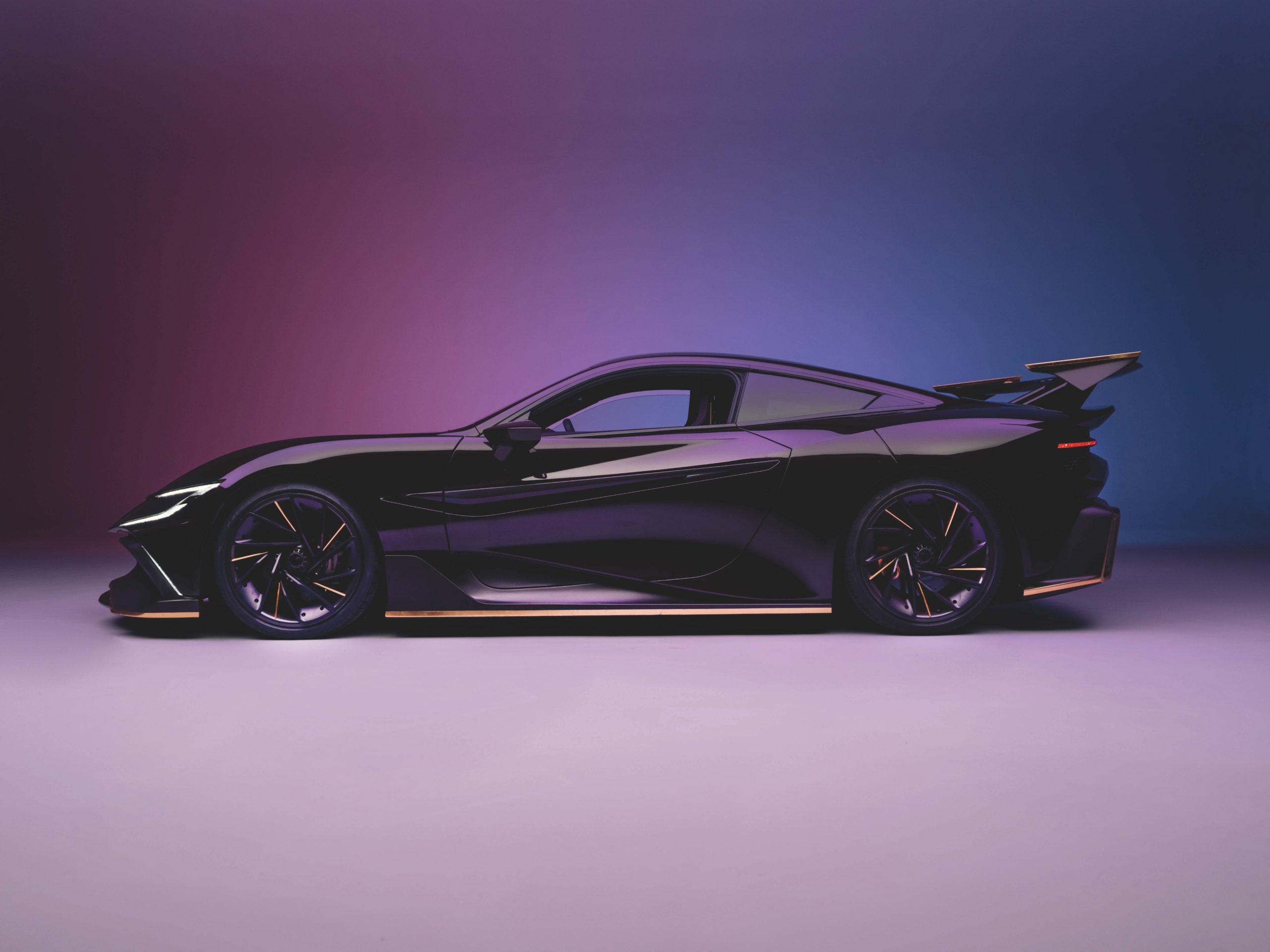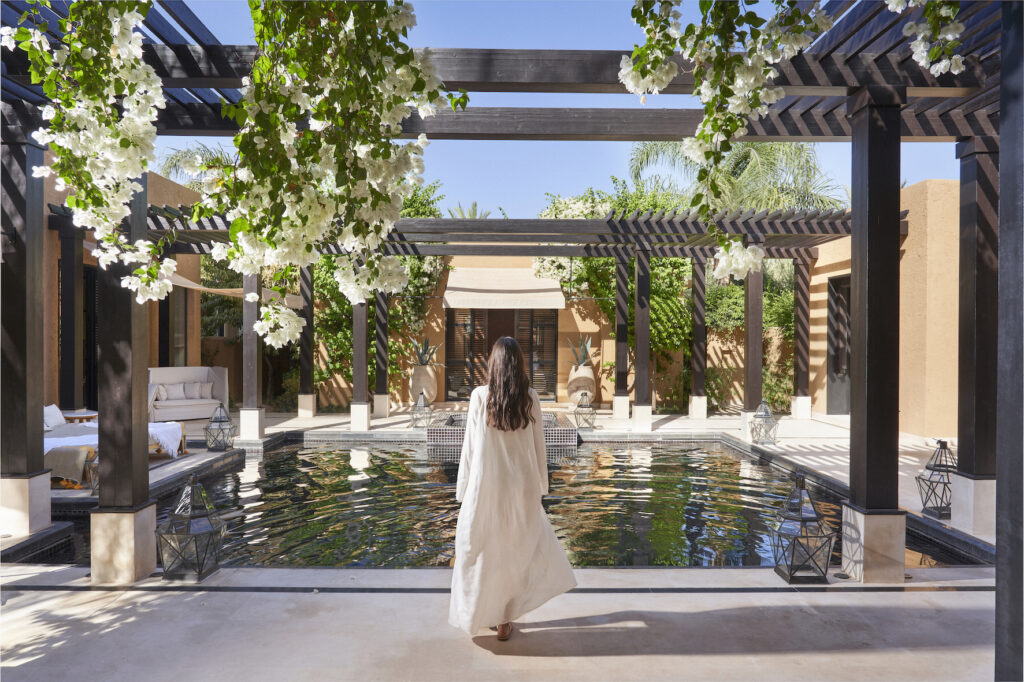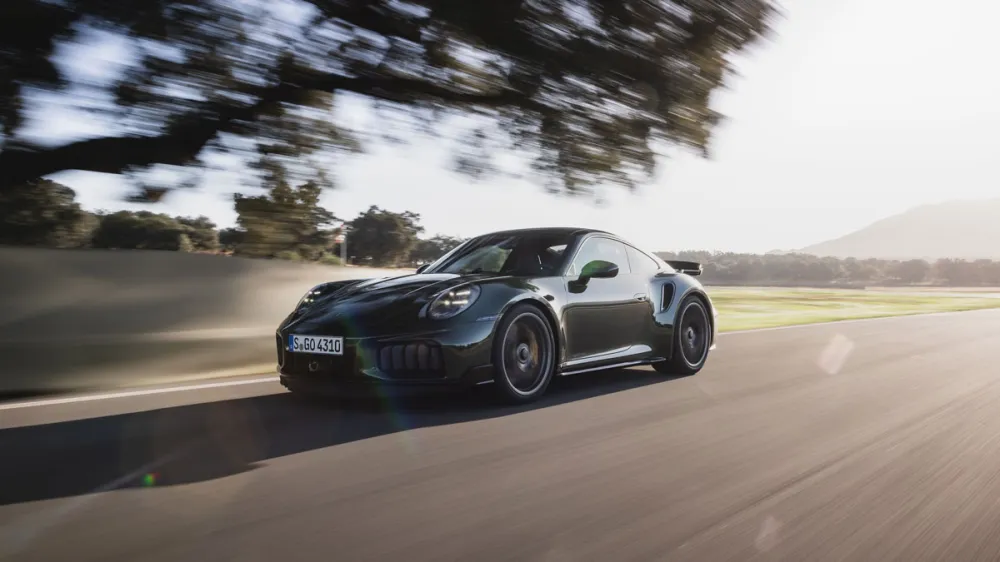Think today’s top-tier performance models lack bravado and are too coddling toward the driver? Ameerh Naran wants to build a hypercar for you.
Thanks to advancements in small-scale manufacturing and broadening enthusiast appetite, the hypercar field today is more open to upstarts than it has been in recent memory—provided, of course, they can deliver the goods.
Yet even among the current crop of disrupters, many of whom are going the electric route thanks to the less expensive development costs of EVs, Ameerh Naran is marching to his own beat. The Zimbabwean CEO of aviation brokerage Vimana Private Jets also founded Naran Automotive and has come to market with his highly distinctive Naran hypercar. This bold, GT3-style performer presents a collection of idiosyncratic details, from the old-school twin-turbo V-8 engine— producing 781 kW—to the preponderance of seats (there are four).
But perhaps the most noteworthy aspect of Naran’s vision, which he has been determined to realise since childhood, is that buyers of his model, starting at around €2 million, should be made to work—hard—for their thrills.

Robb Report: The Naran hypercar is clearly the result of a very specific point of view. Can you describe your vision for it?
Ameerh Naran: In terms of driving experience, cars of yesteryear are so much more engaging. Luxury, generally, is moving back towards analogue. Last year was a record year for fountain-pen sales. People like mechanical watches as opposed to battery-operated ones. Look at vinyl [record] sales.
Now, most supercars and hypercars are made to be approachable and easy to drive. I honestly think you can take a doddery grandfather out of a Volkswagen Golf, put him in a Bugatti Chiron, and he’ll be perfectly fine puttering around in that. But difficult to drive is good! We legally have to have traction control and ABS, but you can turn it off completely—it’s a very, very highperformance, hard-driving, aggressive car with no electronic nannies. It’s like driving a rollercoaster. I’m really trying to bring out the hero in the buyer; they should feel like they’ve risked death every time they get out of the car.
A hypercar with your name on it was a childhood dream for you—how did you make that happen?
And what do you need to build a boutique automaker from scratch? Time! I was 14 when I wrote to [former head of design at Aston Martin and Jaguar] Ian Callum and Adrian van Hooydonk at BMW, who both told me to study industrial and product design. Then, you need a lot of money, grit, negotiation skills—everyone tries to take advantage of a small manufacturer—and patience; what we imagined would take three years has taken us seven. Also, contacts. Knowing this was my purpose, I spent my entire life meeting people in the industry, potential investors and designers and so on.
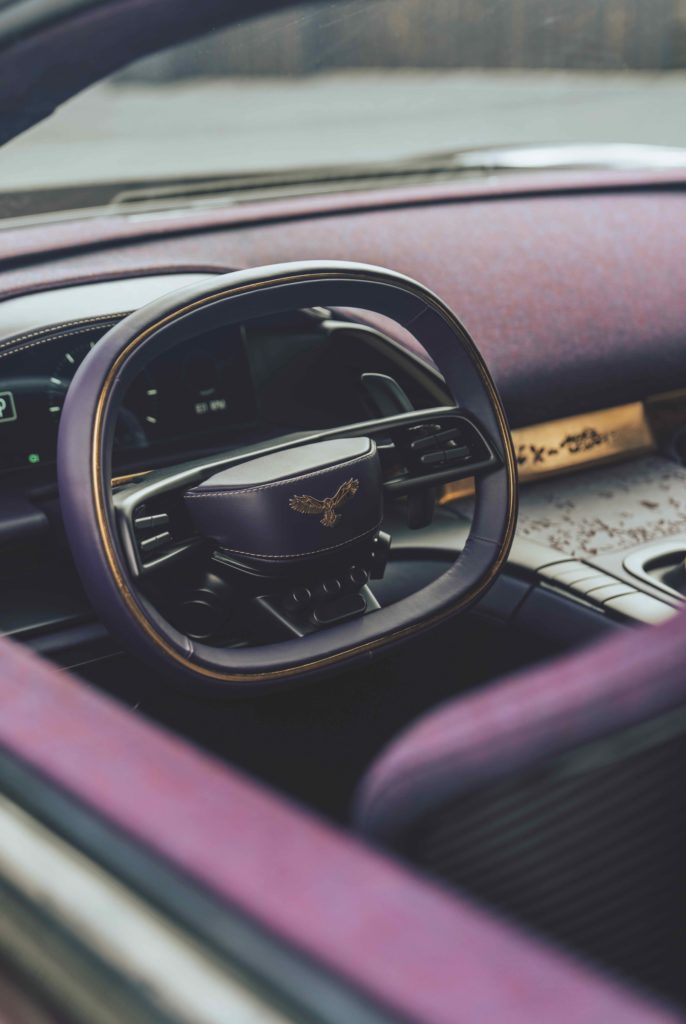
Why choose internal combustion in 2024? It seems so much simpler to go electric.
Nobody needs a car like this; it’s not something that takes you from A to B—it’s a purely emotional purchase. Electric and hybrid detract from that. You sit in a fast electric car, and despite the innovation and performance, it almost feels like a washing machine or a dryer. Very utilitarian. Whereas the noise, the vibration, the emotion of internal combustion—nothing else matches that. Perhaps hydrogen, in the future.
And four seats?
Shared experiences bring you more joy, and a lot of the people buying these cars have families. Plus, there’s nothing that already exists that really gives you a pure hypercar experience with four seats. There’s the Koenigsegg Gemera, but that’s designed more as an incredibly fast long-distance cruiser, whereas our car is a very aggressive, very uncomfortable vehicle that gives you the most extreme of thrills.
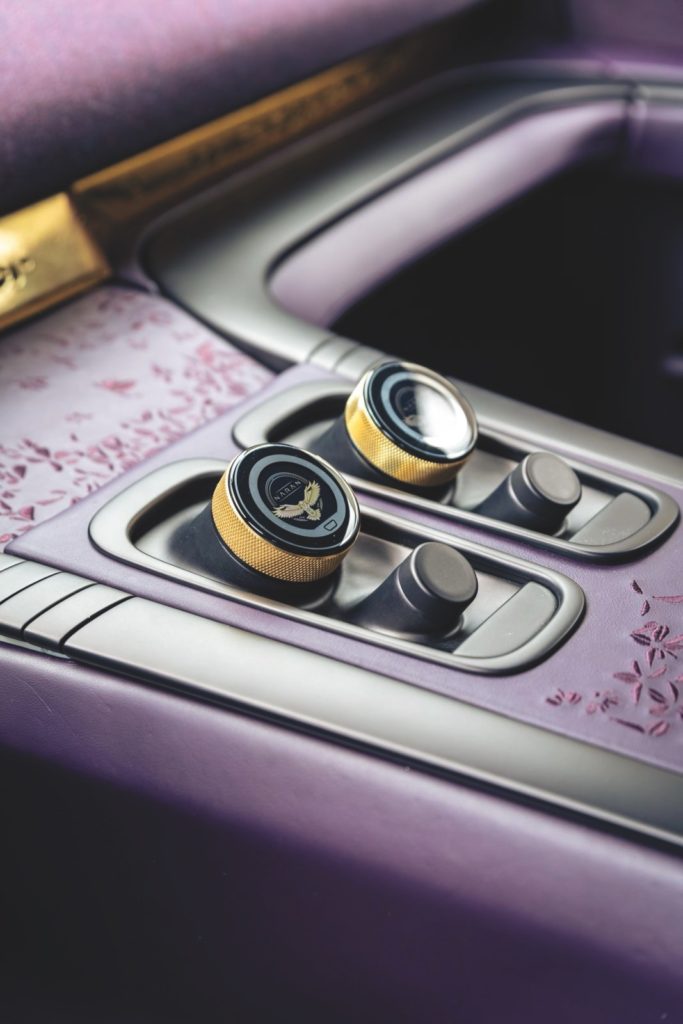
You’re obviously offering a very distinct vision. Who’s your customer?
Whoever buys the car is a brand ambassador, so I only want to sell to genuine car enthusiasts. Our largest differentiator is the level of customisation: we have clients who have requested marble or granite inside, so we’ll cut it down to 0.1 millimetre, which feels like solid rock but doesn’t add weight to the car. We have one client, the captain of a Premier League team, who has a map of his country tattooed on his back; we embroidered the reverse on the seat, so when he sits down, it’s almost as if he physically connects to the car.
If a client tells us they want a hand-painted mural on the roof, that’s what they’ll get. There are development-cost implications— crash-testing and everything else— but there’s no limit to what we’ll create. If a client told us they wanted a car that could fly, we’d try to figure out a way to make that happen.

